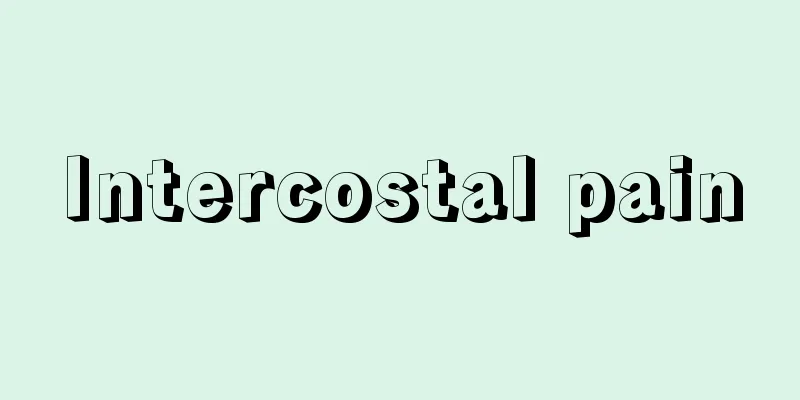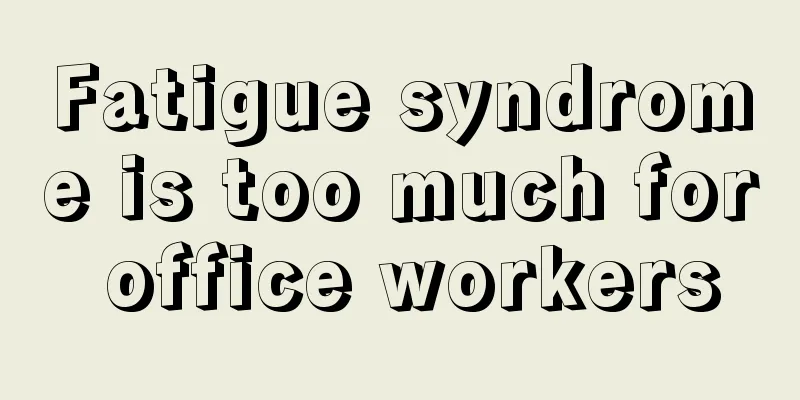Intercostal pain

|
Many people experience chest pain in the intercostal space, and the pain in the intercostal space needs to be understood from many aspects, because there are many causes of this problem, such as pain caused by thoracic vertebrae degeneration; pain caused by pleural lesions; or pain caused by tumors, etc. Regardless of the cause, patients should undergo detailed examinations and receive timely treatment to improve their symptoms. 1. Reasons Damage caused by different reasons, such as thoracic vertebra degeneration, thoracic vertebra tuberculosis, thoracic vertebra injury, thoracic vertebra dura mater, tumor, ankylosing spondylitis and other diseases or rib, mediastinum, pleural lesions, intercostal nerves are compressed and stimulated by the above diseases, and inflammatory reaction occurs, resulting in band-like pain in the chest, intercostal space or abdomen. 2. Inspection Intercostal neuralgia is divided into secondary and primary types. Radicular intercostal neuralgia may be caused by diseases such as thoracic vertebra degeneration, thoracic vertebra tuberculosis, thoracic vertebra injury, thoracic vertebra dura mater, tumors, ankylosing spondylitis, etc.; axial intercostal neuralgia may be caused by lesions of the ribs, mediastinum or pleura. Primary intercostal neuralgia is rare. When intercostal neuralgia occurs, pain can be seen radiating from back to front along the corresponding intercostal space in a semicircular shape; the pain is stabbing or burning. The pain gets worse when you cough, take a deep breath, or sneeze. The pain is usually in one nerve on one side. Physical examination revealed obvious tenderness beside the spinous processes of the thoracic vertebrae and in the intercostal spaces; patients with typical radicular intercostal neuralgia had a positive neck flexion test; the distribution area of the affected nerves often showed signs of neurological impairment such as hyperesthesia or hypoesthesia. 3. Mitigation methods Treatment should identify the primary lesion and adopt appropriate treatment methods. You can use medication, physical therapy, acupuncture, massage, etc. Massage is clinically effective in treating intercostal neuralgia caused by thoracic vertebrae injury or degeneration. This type of patient often has abnormal position of the thoracic spine joints. After correction through thoracic spine reduction technique, the pain can be significantly relieved. Diseases in the thoracic spine should be treated promptly to avoid secondary intercostal neuralgia. Seated workers should pay attention to their posture and avoid fatigue. |
>>: Pain in the middle of the chest
Recommend
What should I do if the back of my shoes rubs my feet?
If the back of the shoes rubs the feet accidental...
What is the cause of oral herpes
The phenomenon of angular herpes is quite common ...
Can I fast with red blood?
Everyone loves beauty. Perhaps everyone hopes to ...
What to do if white worms grow in hair
Nowadays, everyone pays more attention to their h...
What are the types of lung cancer? Divided into these five types
Lung cancer can be divided into four types: squam...
What is cardamom
What is cardamom? This question puzzles many frie...
What is the reason for my memory getting worse and worse
When our memory becomes worse and worse, we need ...
What to do if you are stung by a bee
Whether in the countryside or in the city, you wi...
Why do you drool while sleeping? Five reasons to find out
Are there some female friends around you who droo...
What are the methods for preventing and treating gastric cancer in women
Many people don't pay much attention to their...
Treatment of breast cancer requires attention to Chinese medicine conditioning
Traditional Chinese medicine calls incurable dise...
What are the symptoms of esophageal cancer
Symptoms of esophageal cancer include difficulty ...
What are the prevention methods for lymphoma
According to authoritative scientific reports, th...
What is the cause of pain in the lower left abdomen? These factors should be considered
Frequent abdominal pain should be taken seriously...
Tea tree essential oil's effect in removing acne marks
In fact, many girls will consider using tea tree ...









